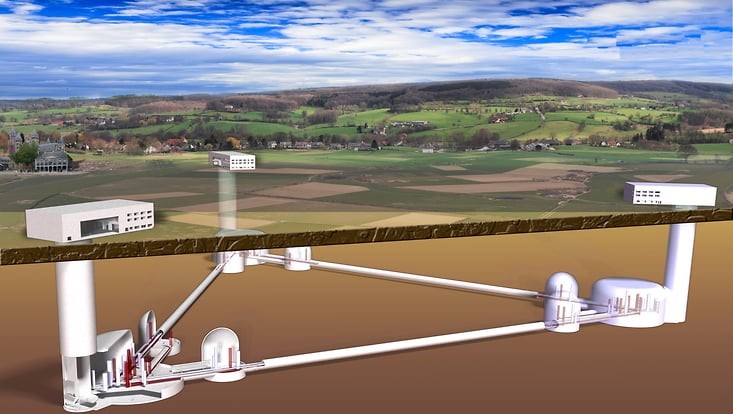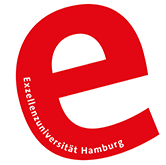Digital wine tasting and moreHow Experience Economies Develop
15 October 2024, by Christina Krätzig

Photo: Pixabay CC0
Experiences have become a billion-dollar business around the world. In Germany consumers and consulates have also been investing more money into travel and other leisure activities than for goods. A study at the University of Hamburg is focusing on how the sector is developing, especially with regard to new connections between physical experiences and digital technologies.
The taste of a red wine, the mood in a group of people, or the temperature of a sauna: these are impressions that are hard to convey digitally. “On the other hand, consumers, especially since the corona pandemic, are increasingly demanding digitalized experiences,” explains Jan Recker, nucleus professor of information systems and digital innovation at the University of Hamburg. “These offer other impressions than pure physical experiences and often also have practical and social advantages such as comfort, scheduling flexibility, or safety.”
Together with his team, Recker is now looking at offers from 7 German providers. They offer both physical and digital experiences with emotional and sensory value: from painting workshops to cooking courses and city tours to yoga lessons. If aspects of these experiences are presented digitally, participants value them more highly the stronger they stimulate their senses. This is what the providers have discovered in the last few years.
Physical-digital offers attract new consumer groups
Accordingly, providers are now seeking innovative ways to change their products and combine physical and digital components. “To do so, however, they have to know exactly which components form the core of the experience, which ones to digitalize in a meaningful and sensory way, and which ones should continue to be offered physically,” says Recker. One example, he continues, is sending key components to the homes of participants. For digital tastings, for example, they receive chocolate samples or miniature gin samples to ensure a rewarding sensory experience during the event.
“By creating physical-digital offers with different architectures and strategically orchestrating both classic physical and digital offers, all of the companies we looked at have improved their value creation,” according to Recker’s summary of the study’s findings. “They have penetrated new marketing segments and are now serving business clients, for example, in addition to private clients.” They have also realized that you cannot cannibalize physical and digitalized offers. Both serve different wishes—in many places, customers book both the classic experience on location and the digitalized experience at home.



